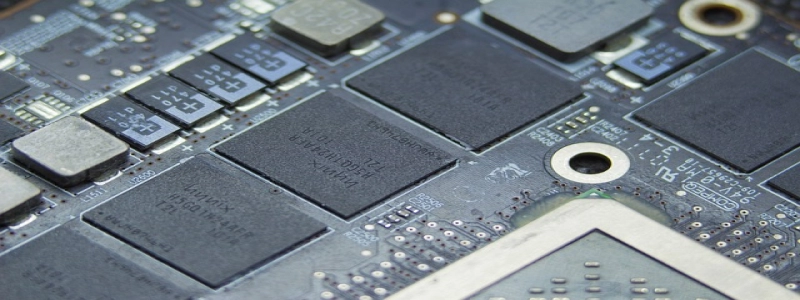**Bandwidth vs Data Rate**
*Introduction*
Bandwidth and data rate are two terms commonly used in the field of technology and telecommunications. While they are related to each other, they have distinct meanings and are often misunderstood. 在這篇文章中, we will explore the differences between bandwidth and data rate, and how they are relevant in various technological applications.
**Bandwidth**
Bandwidth refers to the capacity of a communication channel to transmit data within a given period of time. It is usually measured in terms of the frequency range over which the channel can operate effectively. In simpler terms, it is the range of frequencies that can be transmitted or received by a device or system.
In practical terms, bandwidth determines how much data can be transmitted from one point to another in a given time frame. For instance, a higher bandwidth allows for faster transfer of data, while a lower bandwidth will result in slower data transmission. Bandwidth is crucial for applications that require high-speed data transfer, such as video streaming, online gaming, and cloud computing.
**Data Rate**
On the other hand, data rate refers to the amount of data that can be transmitted over a communication channel within a specific period. It is usually measured in bits per second (bps) or multiples thereof, such as kilobits per second (Kbps), megabits per second (Mbps), or gigabits per second (Gbps嘅).
Data rate reflects how quickly data can be sent and received by a device or system. It is influenced by factors such as the bandwidth of the channel, the coding and modulation techniques utilized, as well as the overall efficiency of the system. A higher data rate indicates faster data transmission, while a lower data rate signifies slower data transfer.
**Relationship between Bandwidth and Data Rate**
Although bandwidth and data rate are distinct concepts, they are interconnected and affect each other. The bandwidth of a communication channel sets an upper limit on the achievable data rate. In other words, the bandwidth determines the maximum data rate that can be attained under ideal conditions.
However, in real-world scenarios, the actual data rate achieved may be lower than the theoretical maximum due to various factors, such as signal degradation, interference, and network congestion. Therefore, while a higher bandwidth allows for the potential of a higher data rate, the actual data rate experienced by users may be lower than expected.
**Applications and Implications**
Understanding the differences between bandwidth and data rate is vital in many technological applications. For example, when selecting an internet service provider, users often consider both the bandwidth and data rate offered by different providers. Higher bandwidth and data rate are desirable for activities like streaming high-definition videos or downloading large files efficiently.
In the field of wireless communication, the available bandwidth and data rate influence the quality and speed of wireless networks. Higher bandwidth and data rate enable faster wireless connections, which are vital for providing seamless internet access, especially in crowded areas or during high-demand situations.
**Conclusion**
綜上所述, bandwidth and data rate are vital parameters in the field of technology and telecommunications. Bandwidth determines the capacity of a communication channel, while data rate reflects the speed at which data can be transmitted over that channel. Both bandwidth and data rate play crucial roles in determining the efficiency and effectiveness of various technological applications, emphasizing the need for a clear understanding and consideration of these factors when designing and utilizing communication systems.








